Interesting thoughts: 15 Things That Were Made For Poor People That Rich People Ruined – so what is still good and cheap? PS: I am loath to make suggestions unless I get priced out of life!
When I was a kid we ate a lot of prawns which were cheap because ‘toffee noses’ hadn’t discovered them yet. We also used to catch a lot of our own by moonlight around the shores of Lake Macquarie (which wasn’t surrounded by houses back then!)We used a couple of tomato stakes with a purse net suspended between which we dragged through the warm shallow waters ducking under every now and then if we thought a ‘Fisheries’ officer was about. We used to have a four gallon (20 litre) bucket which we would boil them up in over an open driftwood fire around which we would feast until we were so replete we could scarcely walk!
Fortunately you still can take prawns like this eg around the Gippsland Lakes etc – likewise crays and yabbies (in the rivers and streams) which Della simply adores. Oysters were also cheap (I used to catch ‘drift’ oysters with my feet around Lake Macquarie – just as you can take river mussels etc) though I have never liked them as much as pipis, (same method at low tide) still cheap and easy to get along our coasts. Of course Gippsland where we live is still a paradise as compared with many other places today.
When we were first married they used to practically give away ‘Balmain Bugs’) or sand lobsters) at the Sydney Fish Markets, as everyone thought they were cockroaches. Likewise squid which were sold only as fish bait – or to us and Greeks who taught me to eat them of a night as we fished by the moonlight around Sydney Harbour! Likewise the really delicious leatherjackets when we went to NZ in 1975 – they were unbelievably only sold as cat food! There were a lot of ‘cuts’ of meat which we often ate because they were cheap eg lamb shanks, rolled shoulders etc. Fortunately we have our own sheep now, else we would not afford them.
Some of our ‘wrinkles’ have already been (partly) denied to others: building our own house out of earth & etc has become monstrously more difficult. ‘Planning’ schemes are evil state instruments. Thank goodness we did it long ago. (Someday we may even finish it!) Nonetheless I would recommend it as an important way to save (a lot) of money. (I would probably use concrete blocks now to save a bit of time and work). Some friends of ours have just paid $46,000 for the concrete slab (alone) of their new house. They must be made of the stuff – not concrete! I still reckon I could build a house for that much!
One of our mud-brick walls. One day we will plaster and paint it, but it keeps the weather out.
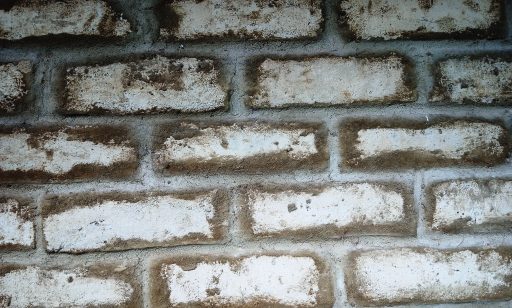
Concrete is just not that dear- less than $40 per square metre if you lay it yourself, even less probably of you mix it yourself. A modest home’s floor (say 100 square metres) should not cost more than 1/10th of the above example. The (earth) walls should cost less than $1,000 and the roofing iron about double the walls.
You can get second-hand iron for about half price but I think that is false economy in a new home, not so much in a shed. Often you can get old iron for free. I have a stack about a metre high I acquired in this way which will go into sheds yet to be built eg an extension of our ‘shearing shed’. New iron is guaranteed now for 40 years. I just re-used some from a 1924 shed I just took down when it was only guaranteed for 25 years back then!
Of course you have some roof framing too – perhaps $2,000 worth – unless you can use bush poles. And you spend ‘a bit’ on nails and screws. You can still get windows and doors for free as we have done in several houses (Check Facebook Market Place & etc). There are often whole houses you can have for free (I have taken a couple down over the years and re-used all the stuff they were made of. It is a lot of work I agree (takes about a month) , but not so much as the work you will have to do to pay off your mortgage! Likewise you can often get garages & etc just for the work of re-locating them. A trailer and tow ball are great investments. (as is learning how to tie the truckie’s hitch!)
Home car repairs and second-hand cars have become much more difficult. For thirty years our annual car ‘running’ costs were around $300 per car (about half of rego costs now!) We used to run a succession of Subarus starting with 1970s models and gradually working our way through the 80s and 90s as they became worth not much more than a song. Indeed once people realised I collected them people sometimes just dropped off their unwanted ones which we then drove for many years!
It has become so difficult to fix a modern car. I mostly stick to 20+ years old Land Rovers (because they never wear out) for that reason – but I also buy insurance write-offs and re-build and re-register them. I usually get a 10 year old car with less than 100,000 km on the clock for around $1500 which we then drive for a further 300,000km so I guess we are still not spending much more than $300 per year per car including (our own) repairs and purchase costs – apart from the swingeing Government charges!
We currently have three cars which have done less than 125,000 km each. These and the (4) Land Rovers which will each do a million km easily (and have done less than half that) should last us out, as we are now in our eighth decade. We are about to launch into club rego for many of our older (25+ years) cars. Enormously cheaper if you have the garage space – or just the space. I am about to build a new shed. We still have 25 acres, though in the past we have owned and rented many hundreds of acres.
Here is a row of some of our older cars, mostly 1983 Subarus – still useful for spare parts eg for our Brumbies or L-series wagons!
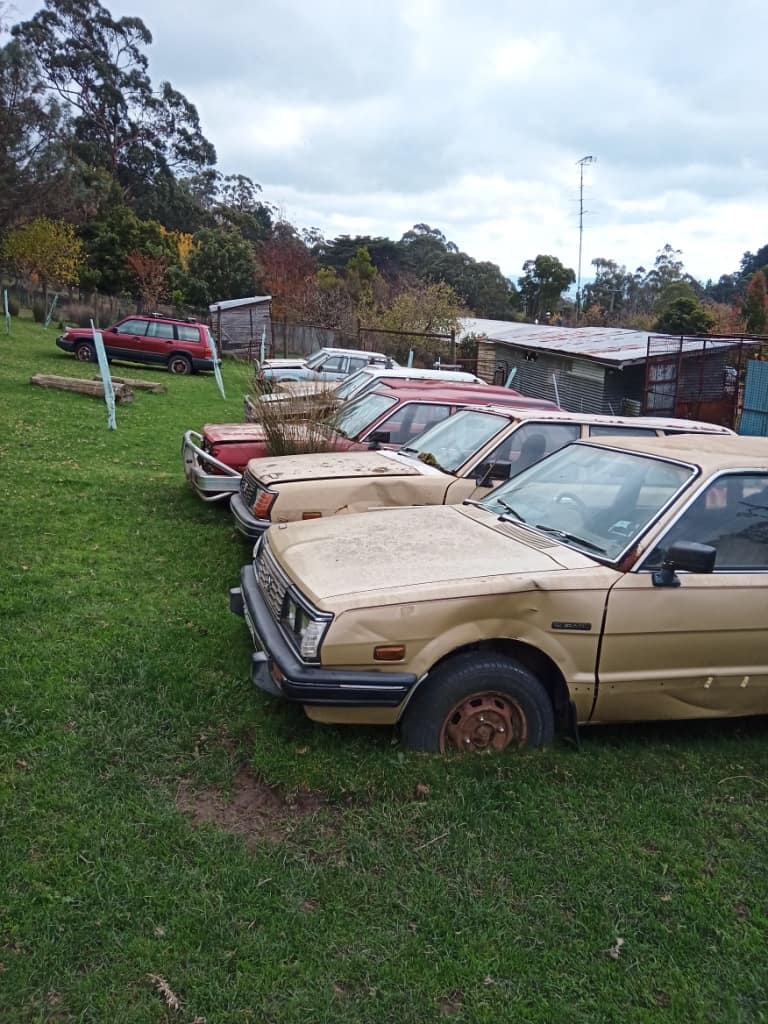
Which does actually bring me to the topic of ‘free land’. I doubt there is much free land you can get any more to own (though properties still go for unpaid rates here and there) but there is plenty of land you can have to use for free because its owners don’t want to look after it. For example during the drought in the 90s (and later) we ‘acquired’ hundreds of acres of such land which we ran sheep on. Back then I simply put an ad in the paper seeking ‘free agistment’ and I was surprised at the offers I received.
If I were younger I would still be farming such free land and using it to leverage myself up into farm ownership. Most Australian farmland is run at well under half (often only a quarter) its potential productivity eg with just the addition of a bit of work, fertiliser and modern seed. If you invest in the means of turning such feed into silage you can then buy ‘store’ (ie unfattened) stock when available at a low price and ‘finish’ (or fatten) them for a handsome profit. If you can shear sheep yourself it would be an asset as portable sheep handling equipment is cheaper than similar equipment for cattle. I have a friend who has become a millionaire doing just this.
We still do a lot of camping and never (absolutely never) pay for a camping spot. We also make most of our own camping gear (See: https://www.theultralighthiker.com/).
Likewise we design and/or build a lot of our own stuff – our tray-back camper, for example.
We grow a lot of our own food and almost always cook our food from raw ingredients.We have had a vegetable garden since we married fifty years ago. We also have an extensive orchard where we have sought to grow fruits and nuts which are available during all seasons.
It is (very) late autumn here now but we have available at present fresh pomegranates, persimmons, figs, guavas, feijoas, tamarillos, avocados, and several kinds of citrus – as well as macadamia nuts. We have always preserved (canned , dried and frozen) various fruits and vegetables as well as making jams and condiments.
Here are some of them right now. I do love persimmons – and so do the currawongs! I have to pick them very early.
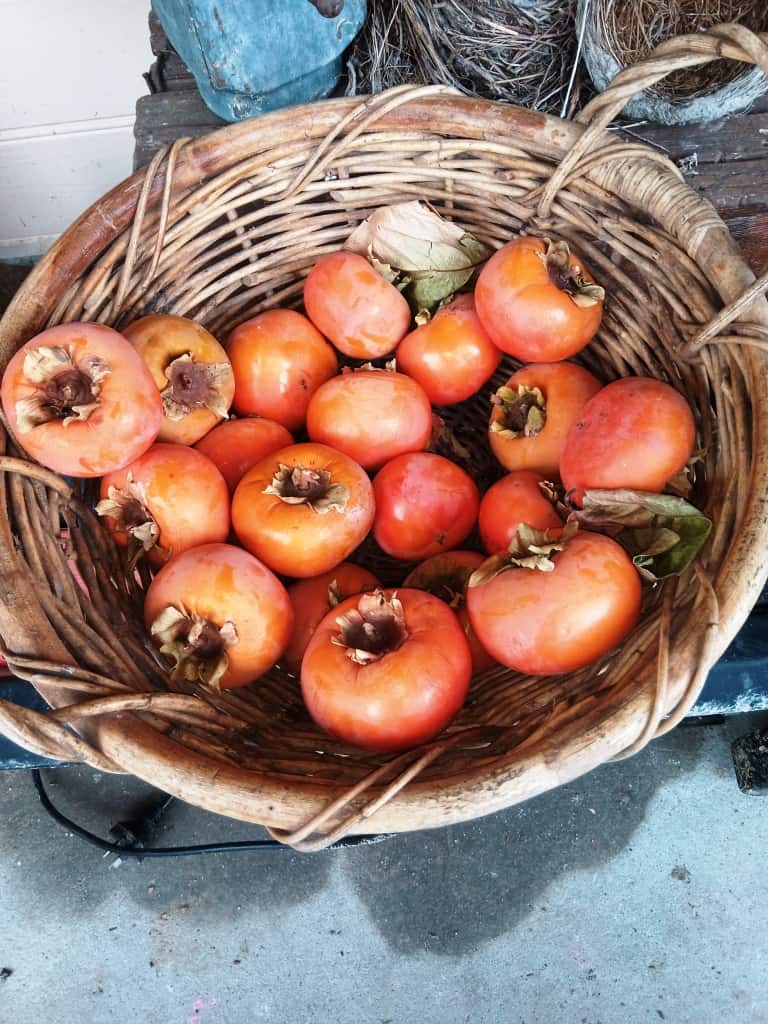
We have two kinds of guavas just getting ready -these cherry ones and a yellow one.
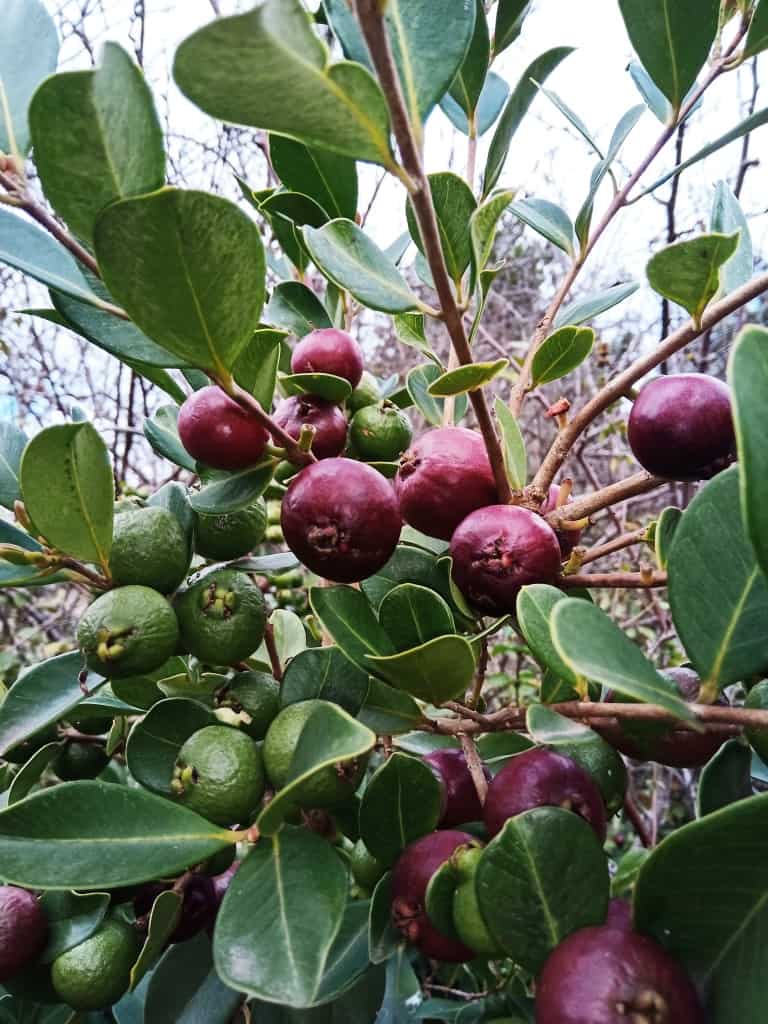
The feijoas are just about ripe.
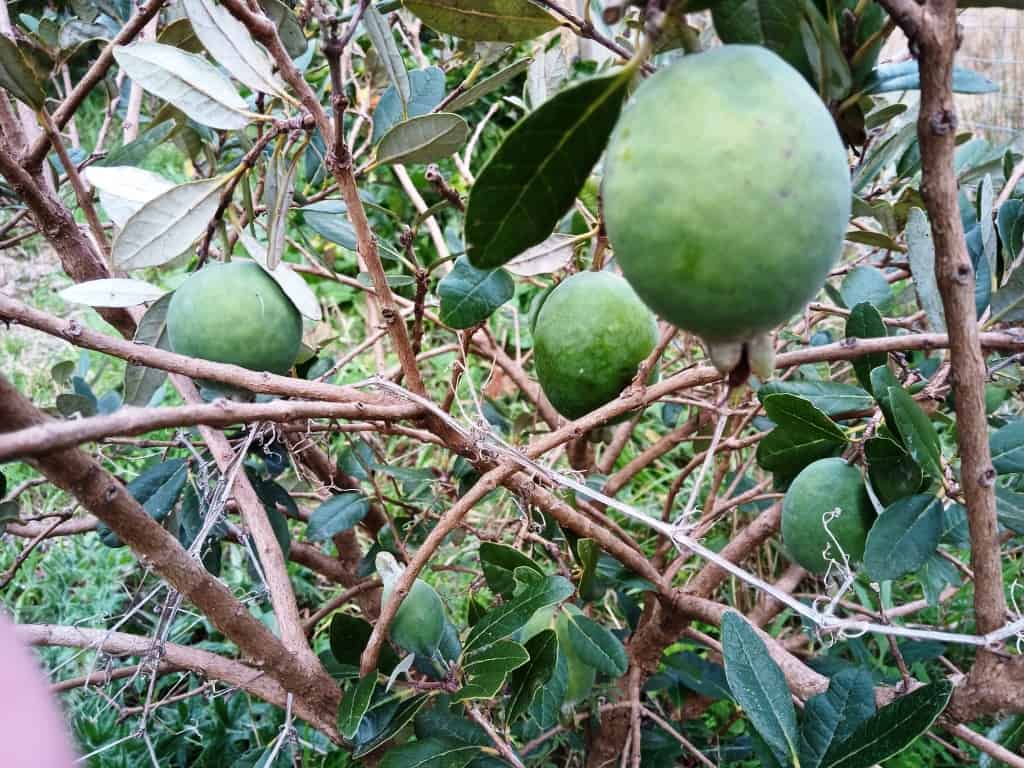
As are the tamarillos. There are two kinds.
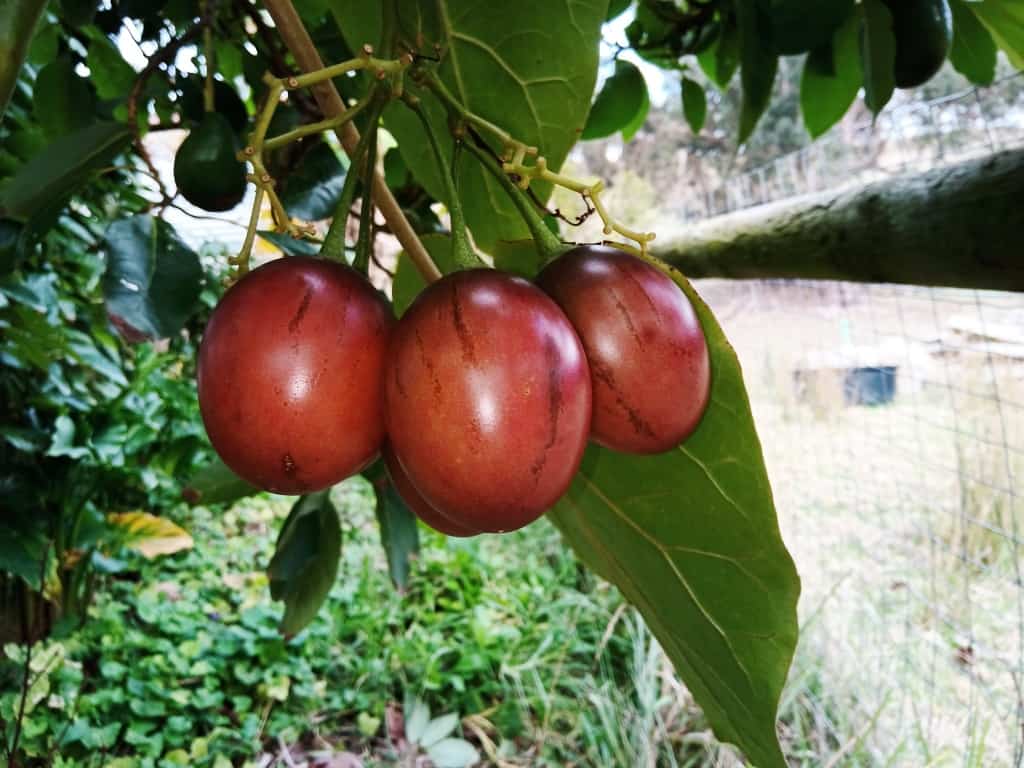
The third crop off one of our figs- we also have Moreton Bays which the birds and possums love. A forest which has fig trees has almost twice the wildlife of one which does not. Always plant some. .
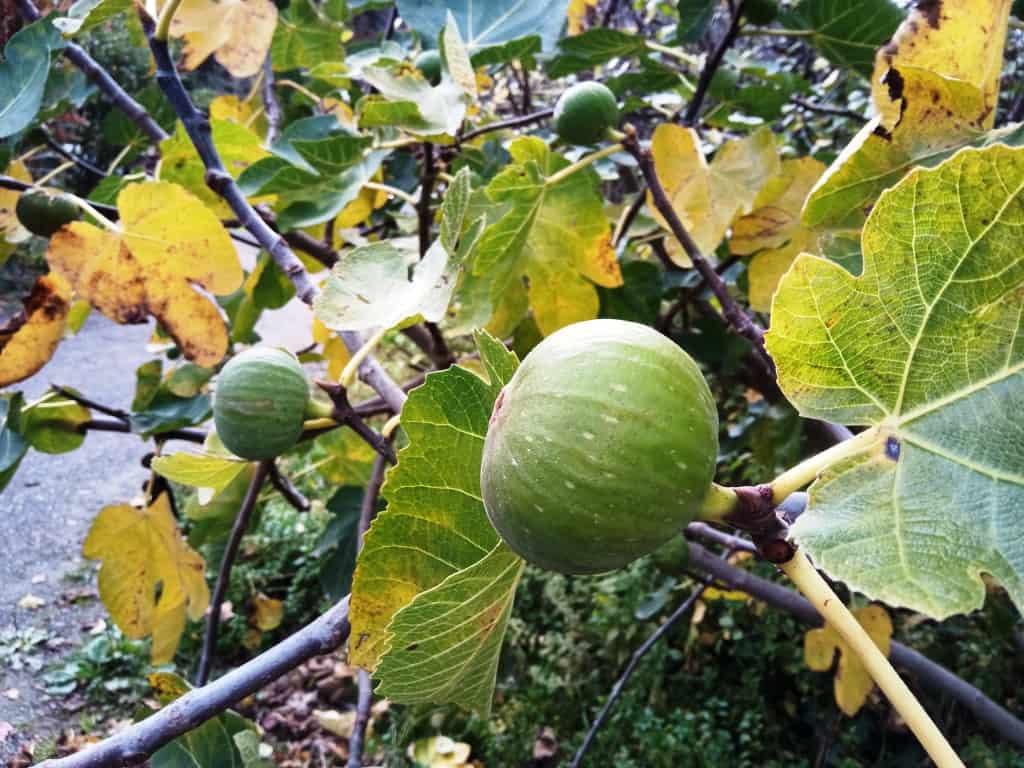
The pomegranates are just about finished.
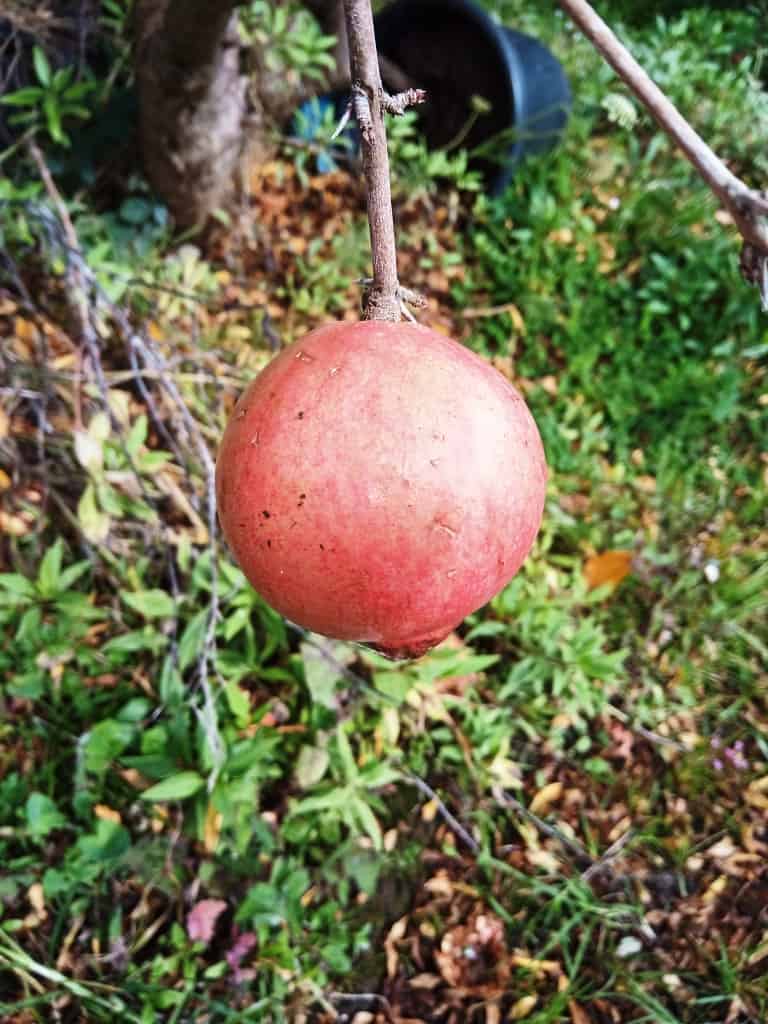
The Macadamias will not be long- collect them when they fall before the possums and bush rats get to them.
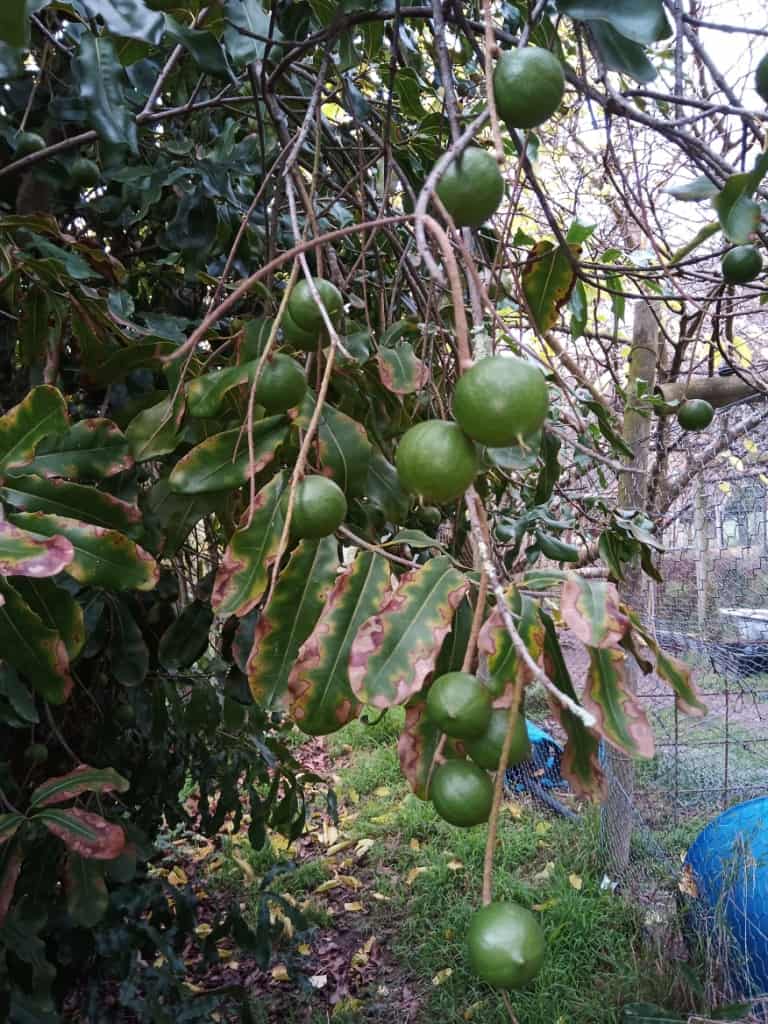
Of course there are other palatable fruits – such as these English dogwoods.
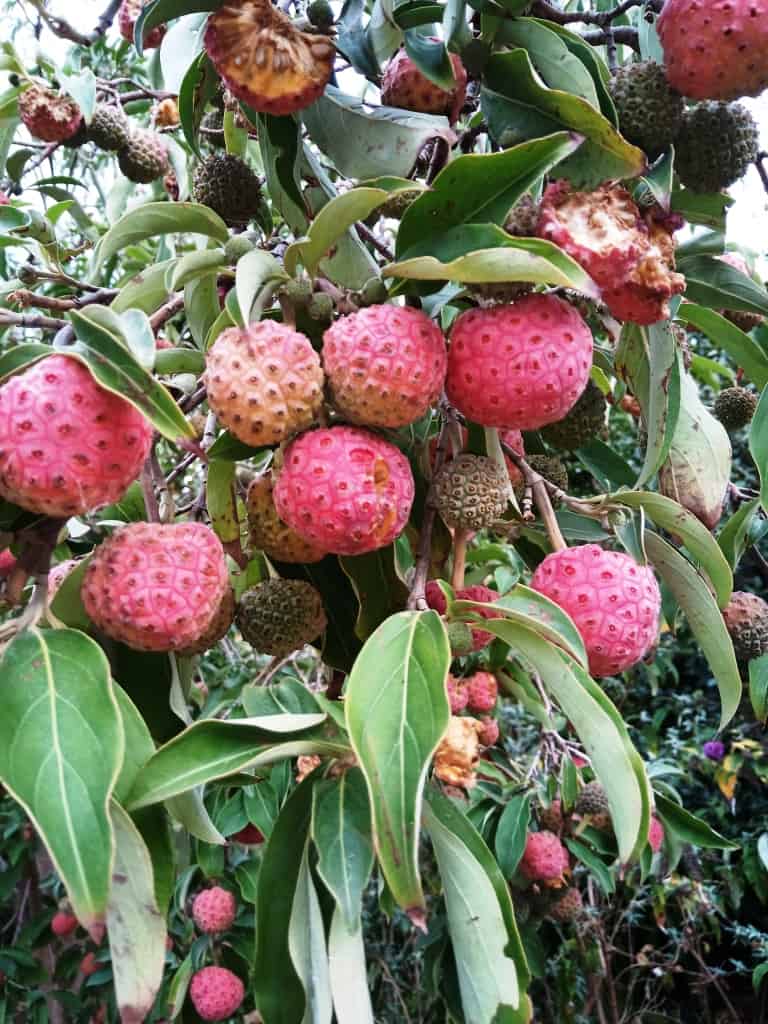
And it is just about mushroom season.
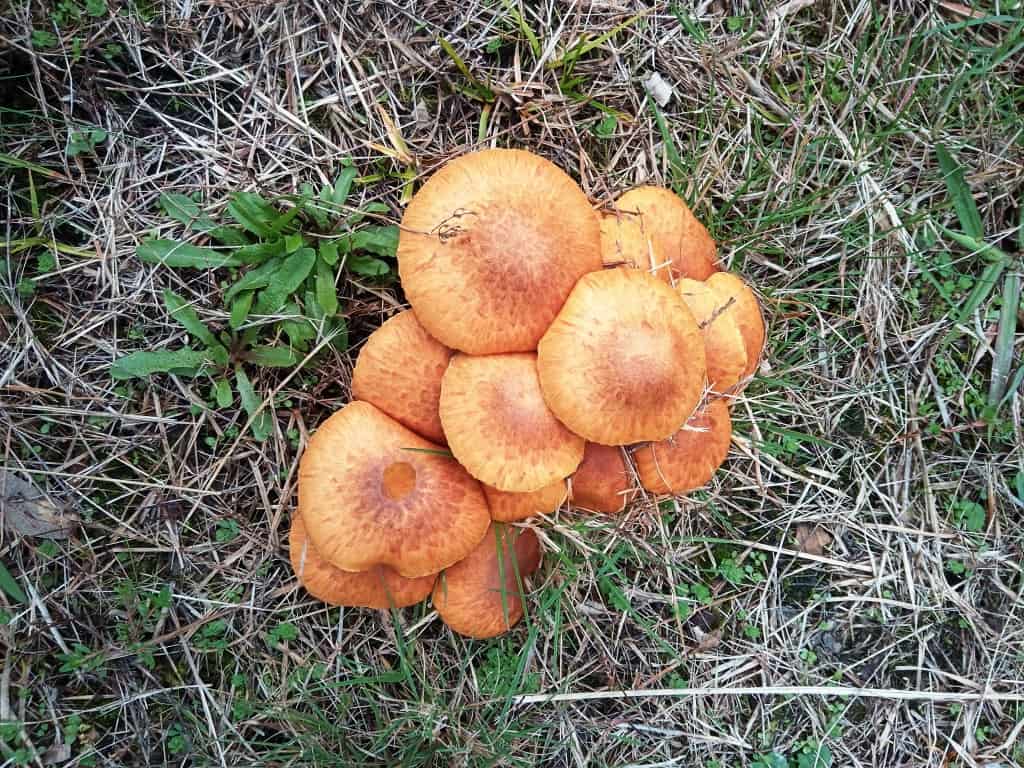
We hunt and fish – great savings and great fun! We still do a lot of repairs ourselves (eg clothes). We shop (carefully) often online and try to find the cheapest price for the same goods. If we can make it ourselves or make an alternative we do. Second-hand is also fine with us. By the same token we never really seem to ‘need’ a lot of the things which others ‘must have’.
For example, this week I bought a second-hand pair of hearing aids for $220 and will tune them myself, a saving of several thousand dollars. I also bought new glasses from Zenni on a prescription off my phone (which is better than I can get from an optometrist). The (progressive ultralight flexible titanium frame) glasses cost around $61 delivered instead of nearer $700!
We were counting up the number of houses we have lived in the other day. I got to over 20, even though we have been here at Jeeralang Junction now for over thirty years. We bought what we could afford, scrounged and renovated, scrimped and saved then traded up until we are where we want to be.
You should not start off with unfulfillable dreams of MacMansions which will just make you unhappy. We would be happy under a couple of sheets of corrugated iron because we have each other! A ‘house’ does not even have to be livable – I know our first ones weren’t. Not by today’s standards anyway. So long as it has a legal right to be there and you can teach yourself to do the work of ‘restoring’ it, then perhaps trade up to a ‘better’ one – if you want one. We do not.
Throughout life you must cut your cloth according to your coat – or you will never be happy. I know my mother was completely immune to envy and could always explain why what she had was ‘better’ than the ‘superior’ things which others owned. This is an important lesson in life which I earned early, but if you haven’t yet learned it, you should study harder!
Many people do not understand the difference between envy and jealousy – and think that both are evils, but I do not consider jealousy an evil. My wife is the best of all possible women and I am constantly overjoyed she has chosen to spend (fifty years now of) her life with me – and I am still sanely jealous of her. I would certainly not want someone else to have her. ‘Jealousy’ is about what you ‘have’. Envy is about what others have. It is a completely insane emotion.
That is not to say that you should not be aspirational (one day I will finish the house, fix the garage & etc). It is the emotion of having negative feelings about yourself (and others) on account of what they have. I know there are no doubt others who are envious of my lovely wife, but I am jealous of her. Do you get the difference? It is important.
Negative feelings of all sorts (anger, envy, jealousy, feelings of low self-worth…) are awfully cheap and plentiful – and are best avoided. Be happy with what you are and what you have. Take pride in your own small accomplishments. They are far more important than the grandiose ‘achievements’ of others.
Love (family) and happiness are ridiculously cheap and easy to get, though they take a lifetime of work to maintain (as everything worthwhile does!) Do not avoid them or seek to trade something of far less value (money, career, fame?) for them.
